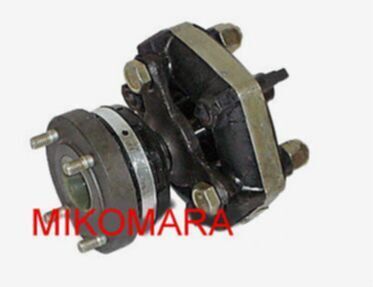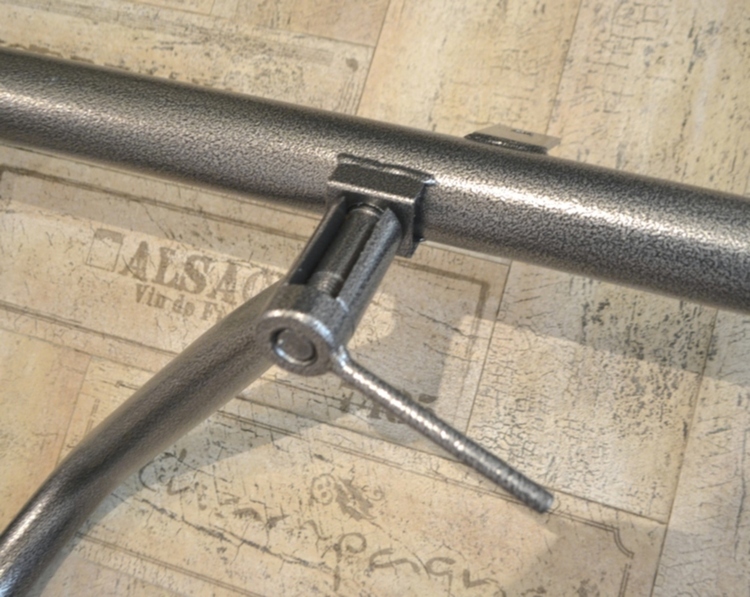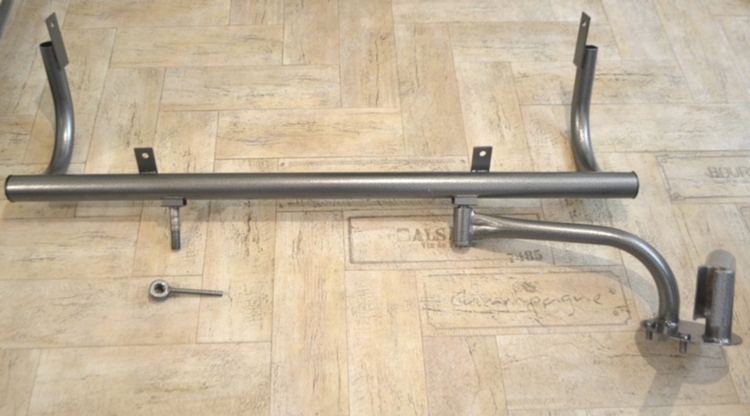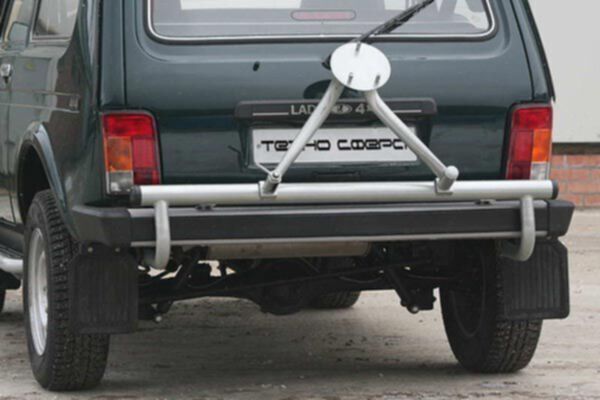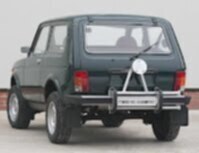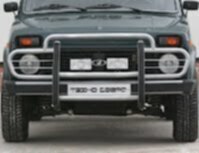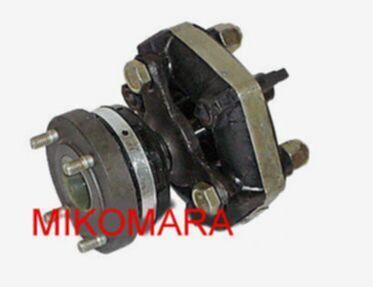Nhà bác lephuong dư đạn lại hay xài ebay chắc nên cân nhắc làm luôn cặp này khi gắn lại "hàng" đi. Em đang tích lúa nên chưa dám đú ngay. Cái này là cặp láp dọc dùng CV joint (bạc đạn nhào) thay vì Universal joint (bạc đạn chữ thập). Nghe giang hồ đồn là giảm rung động tới 40% lận đó.

CV joint nó thế này

[xtable=border:0|100%x@]
{tbody}
{tr}
{td}
How it works:
The problem with the old X-type also known as 'Universal joint' is, that when the join bends it results in a variation of the transmitted speed. And when operated at extreme angles it becomes 'notchy' and difficult to turn.
As you can see in the animated picture, the CV joint is like a bearing with 6 balls (6 contact points).
The angle between the two shafts is now divided into 2 half's (Red shaft to yellow balls + Yellow balls to green shaft). This reduction in angle combined with 6 contact points leads to a much more smooth transmission of speed.{/td}
{td=colspan:2} {/td}
{/tr}
{tr}
{td}
One of the most discussed topics about the Niva, is the vibrations. The design of the drive-line and lack of using the latest technology, is leading to many unwanted vibrations and noise.
All the vibrations comes from the driveline. The vibrations is also leading to extra wear on all components in the drive-line (Bearings will wear out, seals will leak oil. And gears, sprockets and axles will become damaged)
The solution is not new. All front-wheel driven cars are using CV-joints to transfer the power in a soft and smoothe way.
Using CV-joints leads to an substantial reduction in noise and vibration. CV-joints are commonly used in places where an alignment of the axles are not possible, and in places where the axles must be allowed to have a slope.{/td}
{/tr}
{/tbody}
[/xtable]

CV joint nó thế này

[xtable=border:0|100%x@]
{tbody}
{tr}
{td}
How it works:
The problem with the old X-type also known as 'Universal joint' is, that when the join bends it results in a variation of the transmitted speed. And when operated at extreme angles it becomes 'notchy' and difficult to turn.
As you can see in the animated picture, the CV joint is like a bearing with 6 balls (6 contact points).
The angle between the two shafts is now divided into 2 half's (Red shaft to yellow balls + Yellow balls to green shaft). This reduction in angle combined with 6 contact points leads to a much more smooth transmission of speed.{/td}
{td=colspan:2} {/td}
{/tr}
{tr}
{td}
One of the most discussed topics about the Niva, is the vibrations. The design of the drive-line and lack of using the latest technology, is leading to many unwanted vibrations and noise.
All the vibrations comes from the driveline. The vibrations is also leading to extra wear on all components in the drive-line (Bearings will wear out, seals will leak oil. And gears, sprockets and axles will become damaged)
The solution is not new. All front-wheel driven cars are using CV-joints to transfer the power in a soft and smoothe way.
Using CV-joints leads to an substantial reduction in noise and vibration. CV-joints are commonly used in places where an alignment of the axles are not possible, and in places where the axles must be allowed to have a slope.{/td}
{/tr}
{/tbody}
[/xtable]

